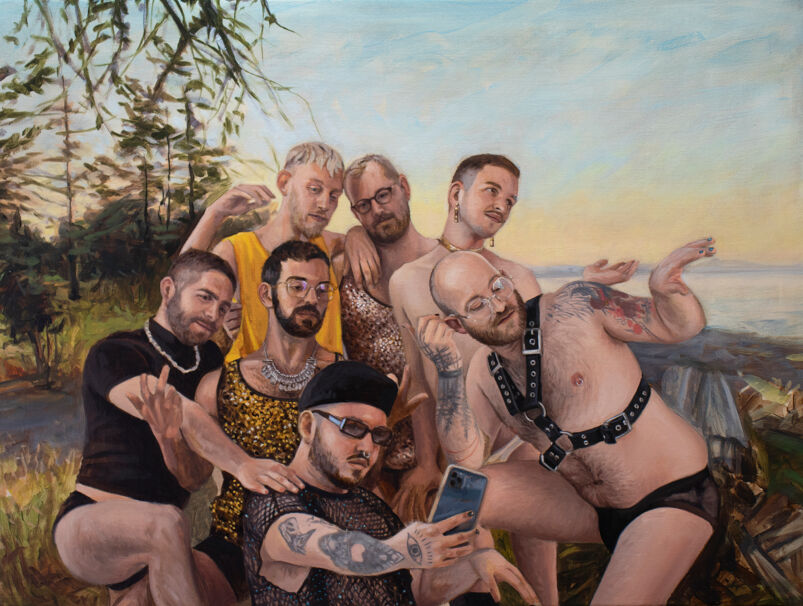
A Tom of Finland bulge, a Keith Haring illustration with intertwined body parts, or a provocative Diane Arbus photograph — each represents the artist’s viewpoint, but they also play significant roles in LGBTQ+ visibility. It’s one thing to say, “We’re Here. We’re Queer.” It’s another to see it.
Despite decades of criminalization, ostracization, the AIDS epidemic, and a new wave of anti-LGBTQ+ vitriol, queer artists continue to push boundaries, with many putting body-positive sexuality front and center.
Queerty spoke with three contemporary artists about what inspires them and why they feel it’s vital for humanity to express their sexuality through their work.
Related:
Get to know Keith Haring: A celebration of queer activism and playful artistry
Keith Haring’s enduring influence serves as an inspiration for future generations to break barriers and create positive change through artistic expression and activism.
Ian Stone — finding creative inspiration through Grindr
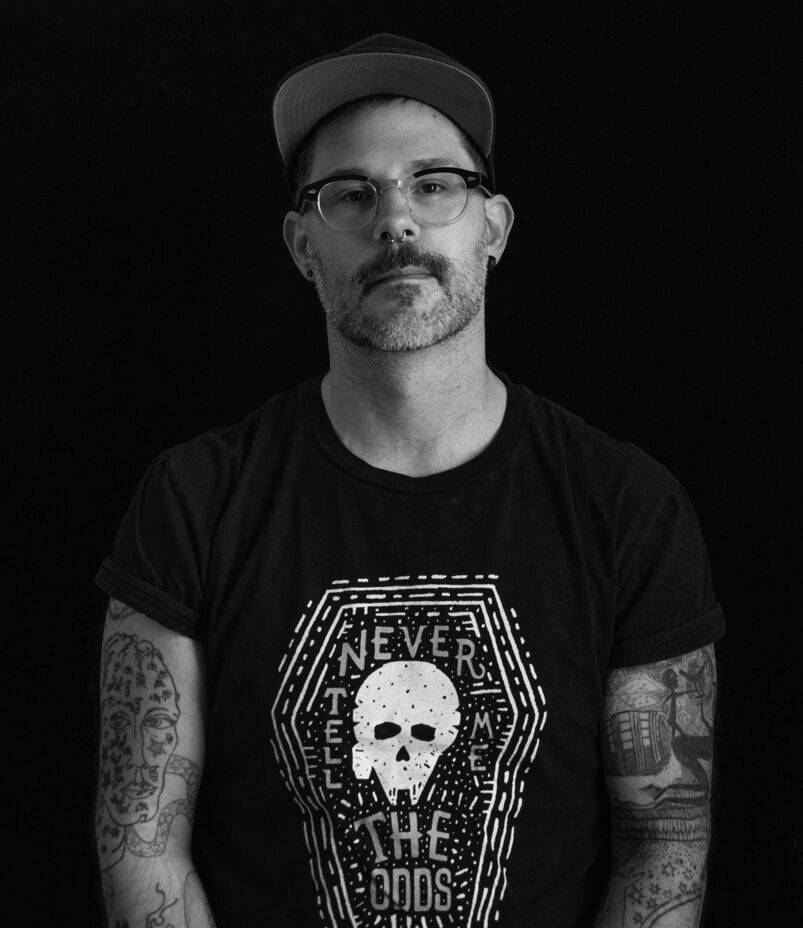
Artist Ian Stone was studying at Dawson College when he first painted a homosexual scene, at least the insinuation of it: two boys wrestling on a bed with a closet subtly behind them. He presented it to teachers and jurors as his graduation project.
“Are you gay?” one of them quipped, immediately embarrasing Stone, who thought he had been clever.
His secret permeated his art to the point viewers could see too much of him. Stone denied his gayness; 20 years would pass before he projected the queer experience with the strokes of oil paint.
At first, Stone says he was motivated to channel his identity because he felt disconnected from the “gay art” produced by other artists. He was frustrated by the focus on idealized male bodies, which failed to delve beneath the surface of desire.
He invited real gay men to pose in whatever way made them feel sexy for a new series humanizing queer sexuality, but then COVID hit.
Amid the stringent lockdown, the Montreal-based painter stumbled upon an unexpected lifeline — an online community on Grindr, which served as the sole source of connection for many individuals. Fellow Grindr users rallied to send their most seductive nude selfies to help with his portraits because he couldn’t have in-person models.
“We’re so used to exchanging these explicit pictures that they’ve become so ordinary,” Stone tells Queerty. “I liked the idea of making ‘high art’ oil paintings of something as disposable as the selfie picture. What did their environments say about them? The queer culture seemed to emanate from behind them more than from their perfectly curated shot.”
He says the subject matter was as erotic as painting fruit bowls, instead concentrating on the technical prowess of painting Realism.
In this context, nudity may take on a different perspective. For instance, individuals who may find a woman’s bare nipples offensive at the beach may perceive similar imagery as sophisticated within the context of a gallery or museum.
Stone’s artistic journey became a powerful tool for confronting his internalized homophobia. Recently, he shifted his focus toward exploring what encapsulates gayness. In May, he debuted the series at Mon Dieu Projects’ inaugural group show, “Intimate Exchanges,” held in Los Angeles.
“I was holding a figurine, and someone told me that it was such a gay object,” says Stone, “And I was thinking, ‘How can an object inherently be gay?’ And I got into the idea of why we sexualize or gender an object that way. Femininity is what I feared the most as a child.”
Stone told his friends to bring him the gayest objects they could muster, including a banana, a glass purse, and a porcelain cowboy. He painted hands holding these “tainted” items seemingly with the grip of godliness, like Michelangelo’s “Creation of Adam.” If his previous work was meant to glorify gay male sexuality, his new collection puts the tangibility of queerness on a pedestal.
Men who have experienced years of secrecy in the closet understand the constant anxiety of avoiding or rejecting anything associated with being gay. Society’s omnipotent rigid gender divide on colors, toys, and hobbies comes to mind. Stone’s theme confronts how societal homophobia corrupts a person’s innate innocence. And how does an inanimate object develop a gay identity?
Nadine Faraj — using watercolor to expand perceptions of body and gender
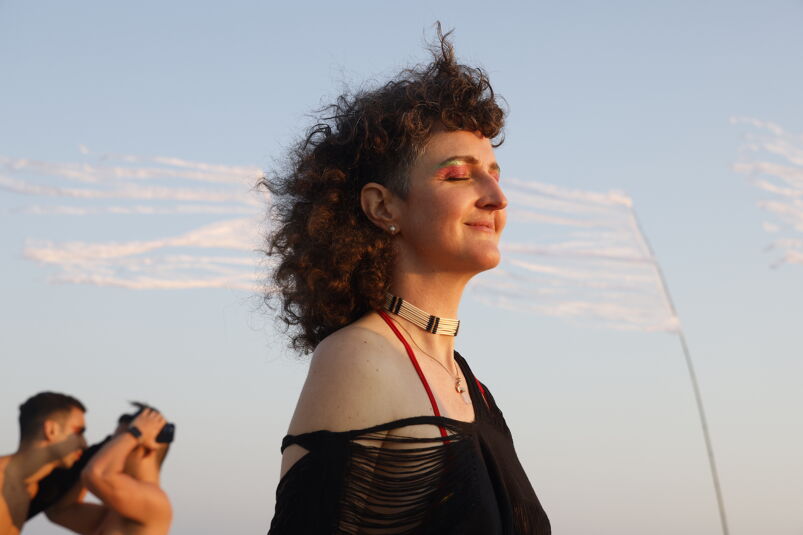
Also showcased at Mon Dieu Projects, watercolorist Nadine Faraj says her paintings are meant to provoke viewers into questioning their instinctive need to determine another person’s gender.
“It’s not always going to be as easy as a dress or a beard,” says Faraj, who splashes vibrant, playful colors to simulate abstract sexual scenarios.
The fluidity depicted reflects the societal biases we hold. Sure, Faraj strategically blotches paint in suggestive areas to represent the face, chest, and genitalia, but the eroticism conveyed in her artwork is ultimately a projection that emanates from the individual viewer.
“Children have seen my work and said, ‘Oh, people are playing leapfrog,’ or they might see tits or a penis hanging around, but it doesn’t mean anything to them,” Faraj tells Queerty. “The imagery is unclear, and that’s also the point.”
The New York-based artist remembers the first time she sketched a naked body in a drawing class, observing a manikin as a model. She felt a surge of exhilaration, putting breasts, hips, and a belly button to paper, even if the manikin lacked full legs or a head.
“My teacher came around and said I really came to life,” Faraj says, “I think I was sweating! I had certainly seen a ton of naked bodies because my mom is German, and there’s a lot of casual nudity there.”
The cultural disparities regarding sex and nudity between Europe and America reinforce what most open-minded individuals come to understand: stigma is learned rather than inherent. People are not born offended by nipples or same-sex kisses: societal norms shape these reactions.
Sexually explicit works can liberate the construct of queer sex, with artists like Faraj expanding the perceptions of body and gender.
When asked if her piece “Pink Moon People” depicts an orgy, the artist responds by saying it was inspired by a postcard printed by the lesbian dance troupe Dead Doll Dancers, given to her at a club on a lesbian night called “Meow Mix” — except they were clothed. “If you really want to depict an orgy, there’s like, two, three people doing something over here. Two people are doing something over there. You can’t help but break people up,” says Faraj, “I like to get closer to people rather than have spaces between them. Maybe this is me trying to figure out how to do an orgy. Orgy phase one.”
Shen Wei — spontaneous stripping

Stone and Faraj’s art boldly presents queerness front and center. However, when Shen Wei is asked about his inspiration for his work, also exhibited at Mon Dieu Projects, he says there is none.
Wei first photographed himself nude as a teenager in China.
“I got my hands on a disposable camera and took a bunch of self-portraits,” Wei tells Queerty. “I was always very explorative and adventurous with different media. I have been doing self-portraits for the last 20 years. And my process was very spontaneous and very intuitive.”

The multi-hyphenate artist is widely recognized for his intercultural and interdisciplinary mode of movement-based performance. His latest series builds upon his captivating and evocative self-portraits. In one image, he is depicted lying naked face down in a field of flowers, while in another, he sits naked on a chair with a lit candlestick placed on his crotch. Other shots embrace sexuality more simply, like a close-up of him shirtless on a bed, gently pulling up his shorts.
“When I take a picture, I don’t overthink what it represents. And it’s all very responsive to my environment,” says Wei.
There’s an intrinsic vulnerability in Wei’s images, but also confidence as the power of his sexuality, Asian American identity, and artistry converge into one being. He allows his creative instincts to control his work rather than worry about an explanation. The presence of queerness isn’t justified in his art because it’s a part of his flesh and skin.
Perhaps that’s the true artistic sexual liberation: when LGBTQ+ artists are free to create, unburdened by taboos or political constraints. According to Wei, queer artists like him can’t dwell too much on if others will like their work; otherwise, they might never create.
“[Sexuality] is the most natural thing, but culture causes shame,” says Wei. “When I show my photographs in a conservative environment, maybe some people aren’t welcoming. But that’s the job of artists — to bring the controversy out and put it in the world. Art is education.”
Related:
Why are all the dudes in Renaissance paintings so hot?
Seriously, early modern art is literally filled with hot dudes everywhere you turn.


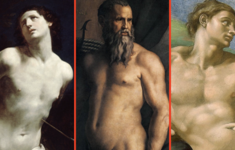



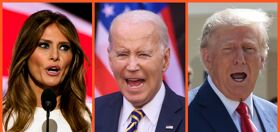


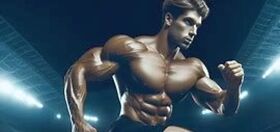

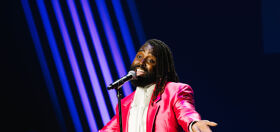

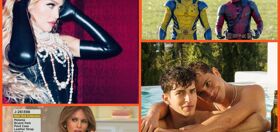




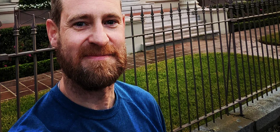

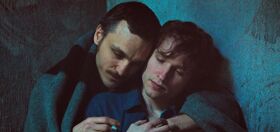
Steve9999
“We’re so used to exchanging these explicit pictures that they’ve become so ordinary,”
Maybe it’s generational, but……no we haven’t and no they haven’t.
Godabed
seems like very lazy art to me.
monty clift
It strikes me as being very low-effort and immature. The “Group of Seven” just looks like it was generated by Tumblr AI or something. Who exactly is that supposed to appeal to? The unwashed and unsightly?